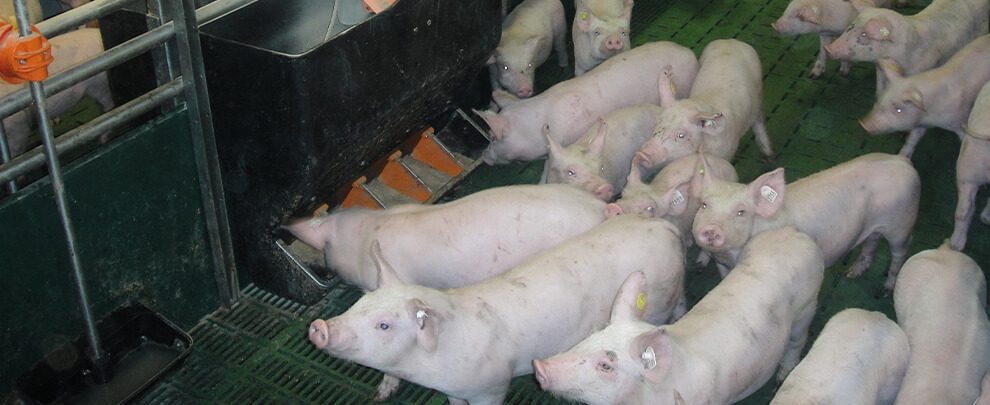Blog
Blog

Germany continues the downward trend of its pork sector
24th April 2024 - News
With a highly advanced and high-tech structure, the German pork sector is one of the most powerful in the world. According to 2022 data, the country ranks fifth in the ranking of the largest producers and exporters of pork. However, the German pork sector is reducing its activity due to factors such as the entry of African swine fever (ASF), the impact of the COVID-19 pandemic and the difficult economic situation of many farms. Despite all this, the degree of self-sufficiency of German pigs remains high, and in 2022 it stood at 145.3%.
Decline in activity
According to data from the German Federal Statistical Office (Destatis), in November 2023, the country had around 17,200 farms, down from the 60,100 farms in 2010. This decline has also led to a 24.6% reduction in the country’s pig herd, which currently stands at 22.3 million head. The data reflects the trend towards larger pig farms. Thus, if in 2013 the average was 1,000 head per farm, in 2023 the average was 1,300.
The decline in the herd has also had a clear impact on pork production, from 5.56 million tonnes in 2015 to 4.49 million tonnes in 2022, 19.2% less. On the other hand, the number of pigs slaughtered has also decreased over the last few years. In this regard, 47 million pigs were slaughtered in 2022, 20.6% less compared to 2015. However, pork still accounts for the majority of meat production in Germany.
In addition, with the decline in production, the lack of piglets to meet German domestic demand has become more acute. For this reason, the country depends on importing piglets and pigs destined for slaughter, consequently impacting biosecurity and the balance of the sectoral food chain. Last year, Germany increased its imports of live piglets and pigs for slaughter for the first time since 2020. Specifically, it imported almost 9.5 million piglets, 8% more than in 2022, mainly from Denmark and the Netherlands. On the other hand, imports of pigs for slaughter reached 1.5 million, 20% more than in 2022. Despite this increase, the current figures are far from those recorded in the years before the COVID-19 pandemic.
Despite the difficult situation, Germany has a privileged position in the international pork market and remains one of the world’s leading pork exporters. 2022 it exported 2.4 million tonnes of pork, while imports stood at 1 million tonnes. The balance of these figures assumes a positive sectoral external balance of around 1.4 million tonnes. Although the statistics are good, exports and imports have fallen by 20.8% and 18%, respectively, compared to 2015. In 2022, Germany imported 66,020 tonnes of pork and processed pork from Spain, worth €275.1 million.
Pork consumption
The German market has always been one of the largest pork consumers, as pork is one of the main ingredients of its varied gastronomy. However, between 2015 and 2022, pork consumption fell by 19% to around 36.6kg per inhabitant yearly.
The growing popularity of vegan trends and animal rights movements have been some of the main factors impacting pork consumption in Europe. Despite its decline, consumption of this food in Germany remains one of the highest in the world.
Challenges and future
Possibly the biggest challenge for the German pig industry today is the fight against African swine fever (ASF). The disease was first detected in the country in September 2020 in the Brandenburg region. Although the virus has decreased recently, in 2023, 880 cases were identified in wild boars and one in a herd of domestic pigs. The situation remains delicate in some federal states near the border with Poland, the European country with the most significant impact of this virus.
In addition, animal welfare remains a priority for the German government, which plans to allocate one billion euros in aid this year to improve pig farms and implement management practices that improve animal welfare standards.
Finally, issues such as healthy eating and environmental sustainability are becoming increasingly important among German consumers when determining their food demand; countries supplying pork to Germany will have to pay particular attention to these issues and adapt their production, export, and promotion policies.






